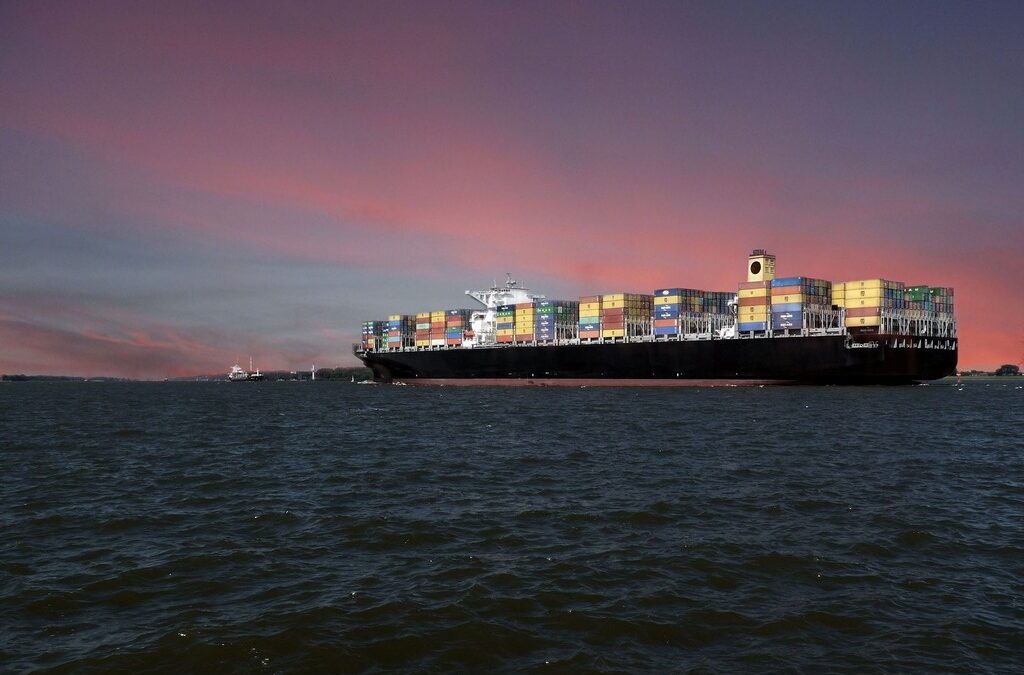Ships above 12,000 TEU drive 100 per cent increase in average ship size, states BIMCO in its latest “Shipping number of the week”. ‘Today, just 626 ships provide 36 per cent of the fleet’s capacity, and the trend is set to continue as the large ships dominate the order book,’ says Niels Rasmussen, chief shipping analyst at BIMCO.
Rasmussen adds: ‘Since 2006, the average container ship has doubled in size to 4580 TEU and ships with a capacity of more than 12,000 TEU has accounted for 51 per cent of the fleet’s capacity expansion.’
When the Emma Maersk was delivered in August 2006, the ship was by far the largest container ship in the world. It is 400 metres long, 56 metres wide and has a capacity of about 17,800 (14,000 TEU when delivered). The previously largest ship had a capacity of 9500 TEU and was delivered just two months earlier.
In 2006, there were not many indications that Emma Maersk signalled a revolution that continues to dominate container shipping today. The only ships on order of a similar size were Emma’s seven sister ships. In fact, it was another six years before the ninth similarly sized ship was delivered.
Also read: Cargo volumes in Red Sea area drop 21% due to attacks on ships
A new category of container ships
However, eventually a new category of containers ships was born, the Post Panamax. Too large to fit even the new Panama Canal locks, which opened in 2016, they have a capacity of more than 17,000 TEU. The very largest today have a capacity of 24,000 TEU.
A smaller ship type developed alongside the very largest. They are known as Neo Panamax and can transit the new Panama Canal locks with a capacity of 12,000-17,000 TEU.

‘The Neo Panamax and Post Panamax ships have contributed significant reductions in both cost and greenhouse gas emissions compared to smaller ships. Compared to a 10,500 TEU ship, the very largest ships cost 25 per cent per TEU less to build and bunker consumption and greenhouse gas emissions are also 25 per cent lower per TEU,’ states Rasmussen.
The very large ships have also meant that service frequencies have not developed as they otherwise would have. Still, as the fleet now consists of 68 per cent more ships than in 2006, liner operators have still been able to expand service frequency and coverage even when factoring in that sailing speeds have reduced significantly during the period.
Rasmussen concludes: ‘Neo Panamax and Post Panamax ships contribute nearly seventy per cent of the capacity on order and they will continue to drive growth in the fleet. We estimate that at the end of 2025 the average container ship will be larger than 5000 TEU and the two segments will contribute more than forty per cent of the fleet’s capacity.’
Also read: ‘Record deliveries could push container fleet above 30 million TEU in 2024’








